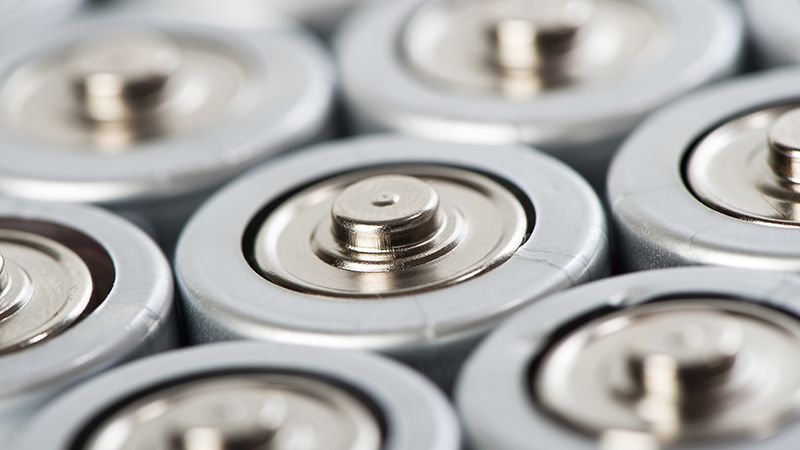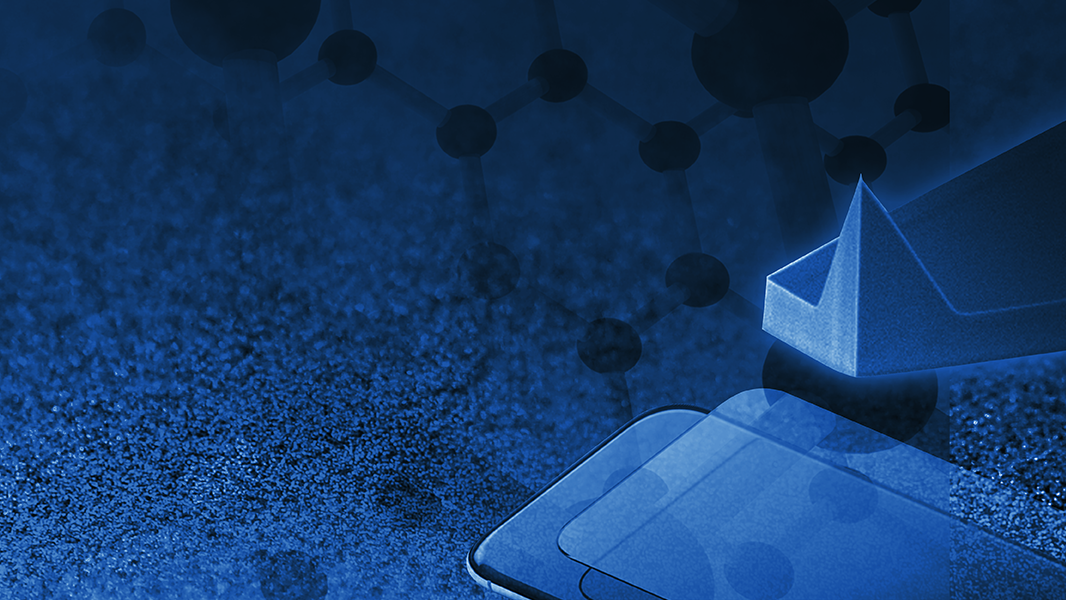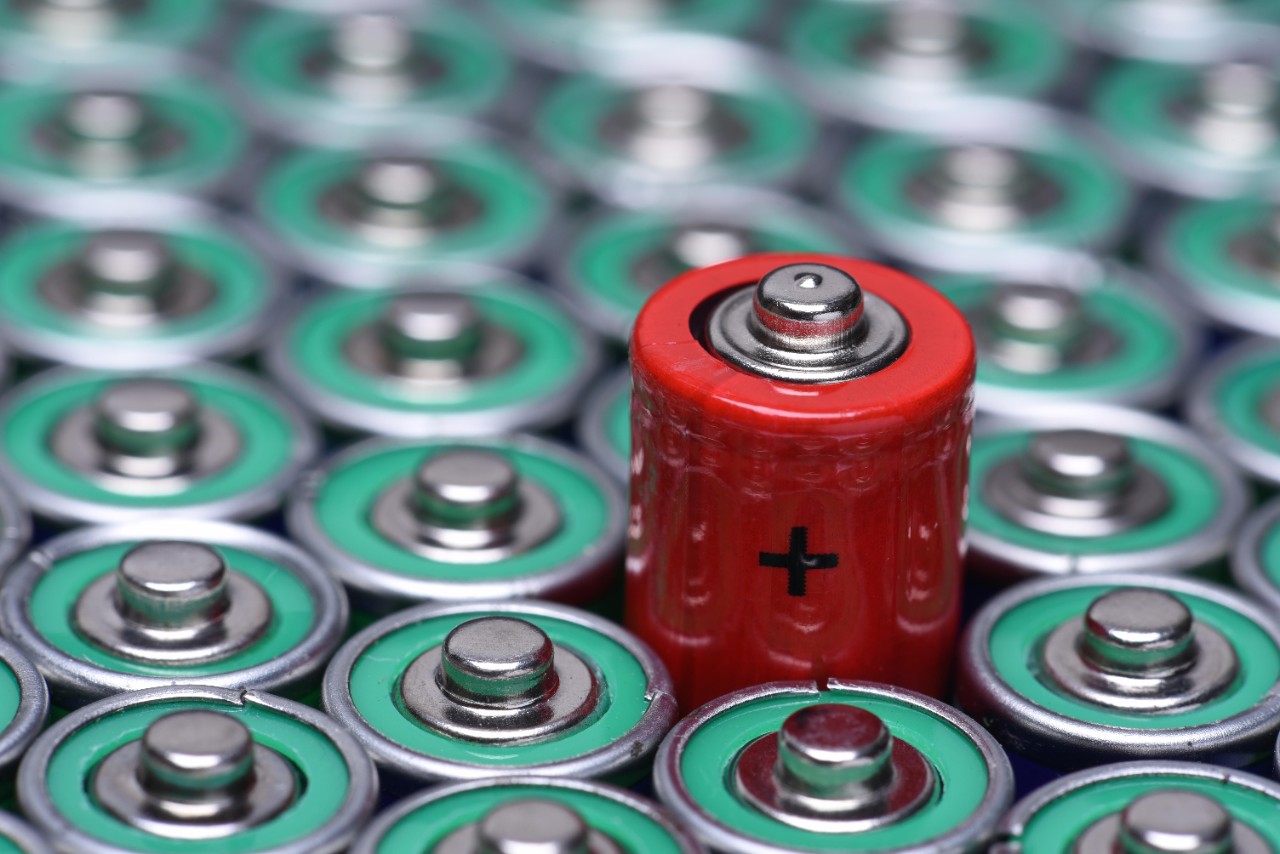Reversible Planar Gliding and Microcracking in a Single‑Crystalline Ni-Rich Cathode
Key Points
- Reversible and continuous morphology changes take place during charging and discharging cycles on single particles of Ni-rich cathodic material;
- Detrimental planar gliding and microcracking occur in single-crystalline Ni‑rich NMC particles, providing clues to mitigate some of the synthesis and stability issues; and
- Reducing the crystal sizes below 3.5µm may help stabilize single-crystalline Ni-rich NMC.
Receive future Journal Club updates via email
Science 370 (6522), 1313-1317.
DOI: 10.1126/science.abc3167
The driver for this research is long-range electric vehicles, which need next-generation Li-ion batteries that have high energy cathode material. One promising option for this is Ni-rich Nickel Manganese Cobalt (NMC) cathodes. There are polycrystalline and single-crystalline types – single-crystalline offering some advantages but having some synthesis and stability hurdles. This study observes detrimental planar gliding and microcracking via in-situ AFM of single-crystalline Ni‑rich NMC particles, providing clues to mitigate some of the synthesis and stability issues.
More specifically, in-situ AFM and theoretical modeling, amongst other techniques, are used here to understand the coupled electrochemical and mechanical behaviors of single crystals of Ni-rich cathodic material. The AFM images can show the reversible and continuous morphology changes during charging and discharging cycles on single particles. Microcracks and planar gliding – both detrimental processes are visualized in the AFM images as a function of various states of open circuit voltage, charging, and discharging. The mechanism of the changes visualized in the morphology is stress caused by Li-ion diffusion and concentration gradients – driven by the electrochemical potential difference. The stress as a function of crystal symmetry is discussed and treated for analytical models and COMSOL numerically solvable models. The findings of this provide some strategies to stabilize single-crystalline Ni-rich NMC by reducing the crystal sizes below 3.5µm to allow for absorbing accumulated strain energy or optimizing the depth of charge.
KEY TERMS:
- Li-ion battery research, High-energy cathode materials, Deformation processes, Composite cathode, Solid-state batteries


